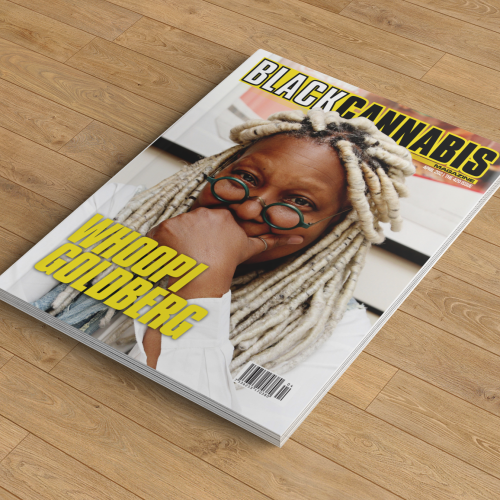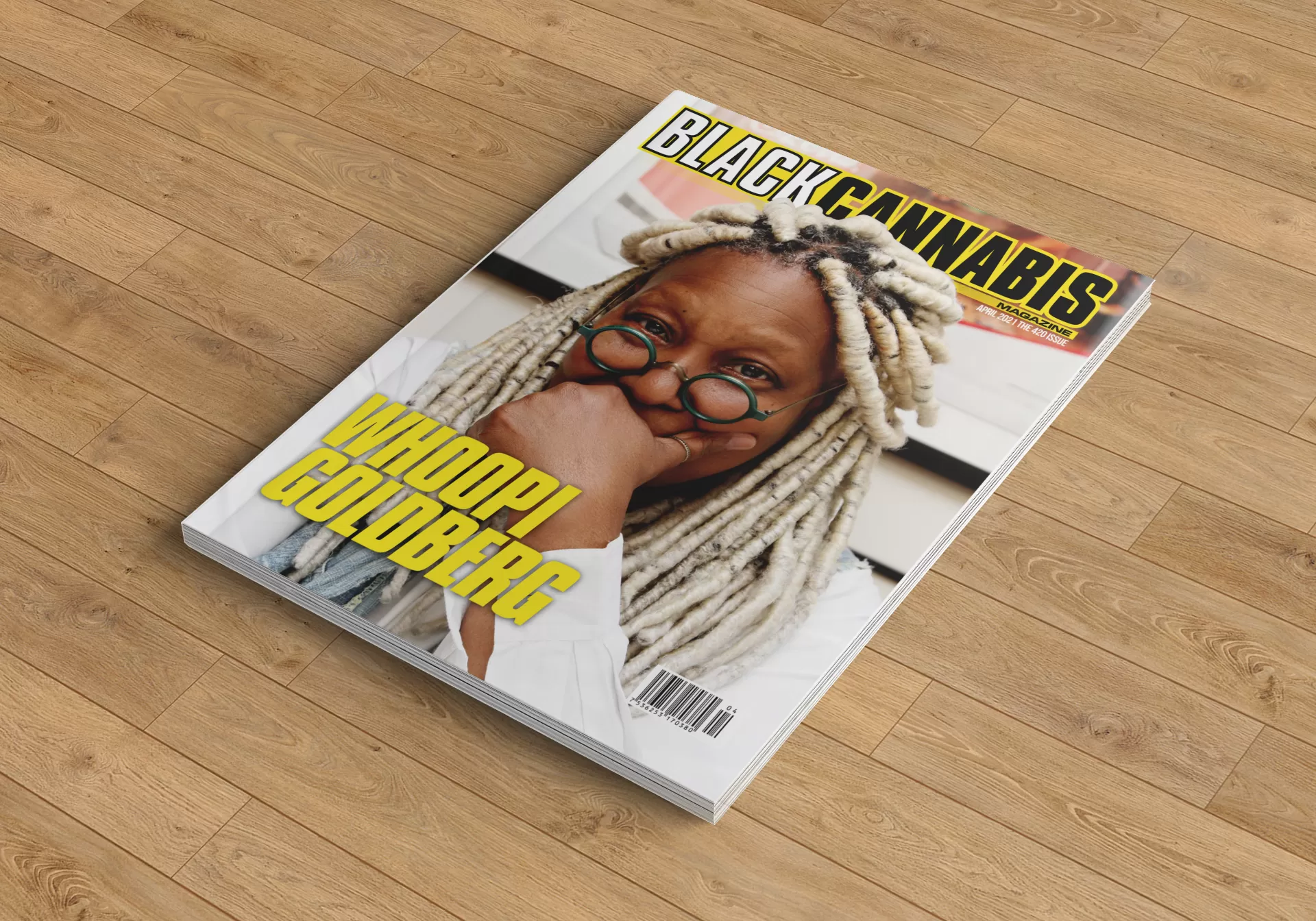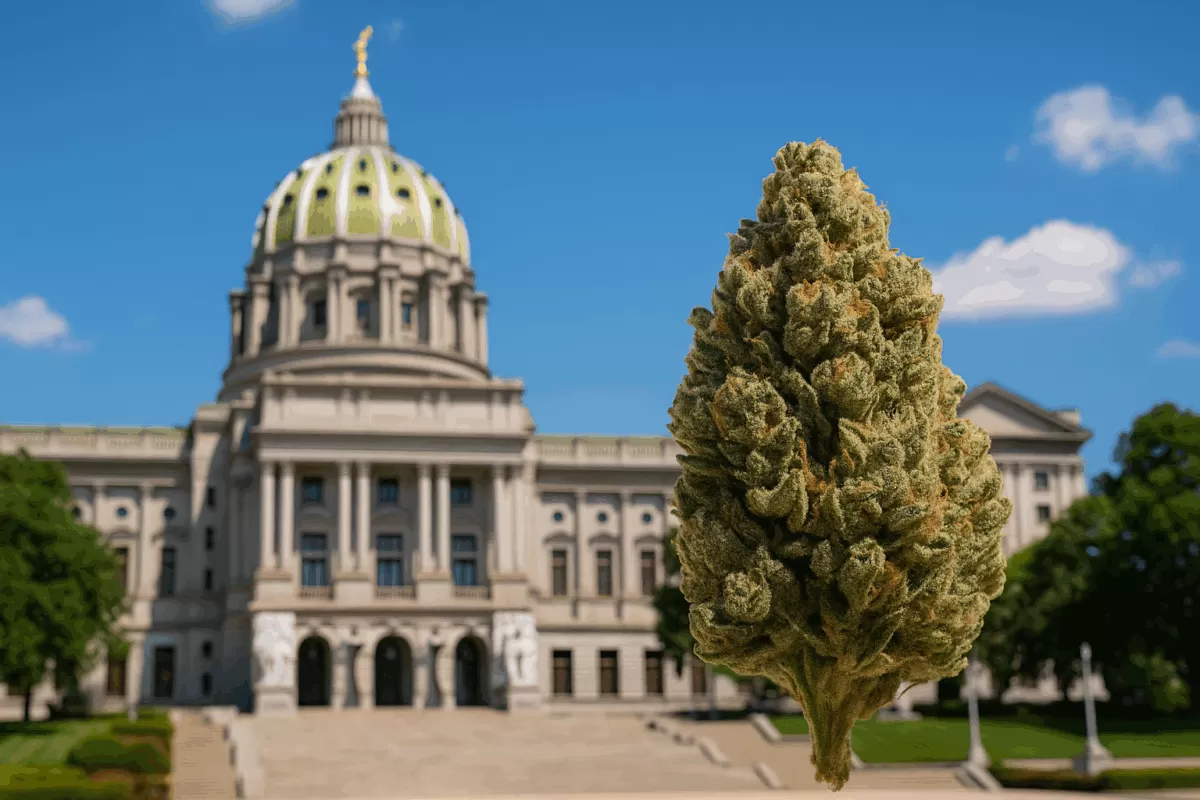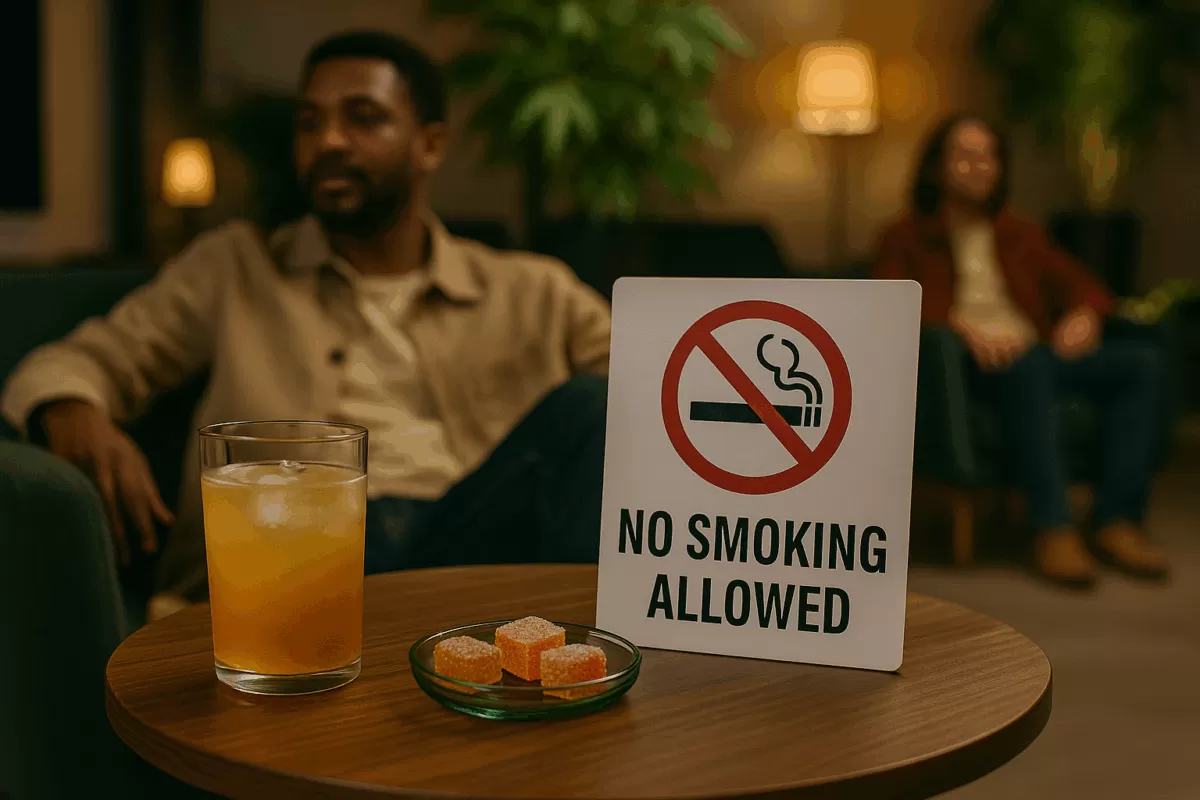History always repeats itself.
Long ago, medicine came in the form of cannabis, peyote, ayahuasca, and mushrooms. However, with time, these medicinal compounds were demonized and prohibited under the heavy hand of the law.
Fast-forward to the present, and cannabis and psychedelics appear to have come full circle.
Read along to learn about traditional medicine — cannabis and psychedelics. Discover their history, benefits, and how they support modern-day wellness.
The History of Medicinal Psychedelics

According to historians, mescaline, the psychedelic alkaloid found in peyote, has been used for nearly 6,000-years. It’s believed that the Native Americans in Mexico were the first to discover mescaline and used it in religious ceremonies and spiritual insight.
Mushrooms, specifically those that contain psilocybin and psilocin, have been used for over 6,000-years. From petroglyphs in caves to pottery that resembles magic mushrooms, it’s clear that ancient civilizations indulged in psilocybin regularly. The ancient Aztec and Mayan civilizations harnessed magic mushrooms for religious ceremonies and spiritual journeys.

Evidence of Ayahuasca dates back to 1,000-years and primarily used in various regions of South America. From Bolivia to Brazil, tribes throughout South America utilized the Banisteriopsis caapi plant to produce a potent drink filled with two psychedelic compounds — DMT and ibogaine.
The History of Medicinal Cannabis

As you glance through history, cannabis has been used for thousands of years as a therapeutic.
From the ancient Scythians in 440 B.C.E. to the Chinese of the 3rd century AD, cannabis was used for its relaxing and psychoactive properties.
Chinese botanists were the first to discover marijuana’s analgesic effects and determine which parts of the plant contained the most medicinal properties. From salves, tinctures, and raw flowers, cannabis has been hailed as an effective medicine that quells many mental and physical issues.
The Modern-Day Use of Medical Cannabis and Psychedelics

As you can see, ancient civilizations harnessed cannabis and psychedelics’ therapeutic power instead of prohibiting it. Unlike our contemporary society, cannabis and psychedelics were viewed as beneficial and necessary for the wellbeing of the individual and community-at-large.
Luckily, the laws surrounding medical cannabis and psychedelics are changing.
However, you must wonder why lawmakers and voters are changing their minds about cannabis and psychedelics. For starters, there’s an immense amount of research that points towards cannabis and psychedelics as breakthrough medicinal treatments for a myriad of mental and physical illnesses.
Thus far, 35 states in the US allow the use of medical marijuana — and counting. Even more surprising is the recent shift towards the acceptance of psychedelics.
Psychedelics, such as magic mushrooms and mescaline, have recently gained a foothold in Oregon, Colorado, and Washington, D.C. Most importantly, the recent elections have proved to be a tipping point for the medicinal use of psychedelics in the United States.
Oregon’s New Psychedelic Reform
Oregon already made headlines by legalizing both medical marijuana and recreational cannabis. Now, however, Oregon is pushing the envelope with newly passed legislation — Measure 109.
Measure 109 is historic because it makes Oregon the first state to legalize psilocybin — the primary psychedelic compound in magic mushrooms. Although Oregonians cannot walk into a store and buy shrooms, it will be available as a mental health treatment in a supervised setting.
Washington D.C.’s Psychedelic Renaissance
Similar to Oregon, Washington D.C. already legalized medical and recreational cannabis. Unlike Oregon, Washington D.C. voted to decriminalize psychedelics through Initiative 81. Initiative 81, also known as the Entheogenic Plants and Fungus Policy Act of 2020, is the first of its kind and encompasses:
Initiative 81 does not mean psychedelics are legal. It does mean, however, that individuals caught with small quantities will not face prosecution. Overall, Initiative 81 is a significant step forward for the psychedelic renaissance.
As more states ponder the benefits of medicinal psychedelics and marijuana, it’s only a matter of time until these compounds are regulated and available to those in need of effective medical treatments outside the scope of conventional medicine.
The Benefits of Medicinal Cannabis and Psychedelics

Now, let’s look at the benefits of medical marijuana and psychedelics.
Thus far, research shows that controlled doses of cannabis or psychedelics yield promising results for many mental and physical illnesses.
From chronic pain to depression, cannabis and psychedelics are effective at promoting a sense of wellness. For example, research shows that psilocybin drastically reduces depression and anxiety in terminally-ill cancer patients.
Ayahuasca, the entheogenic drink made from the Amazon’s caapi vine, contains a substantial amount of DMT and ibogaine. Research shows that DMT can increase antiviral and anti-tumor cells. Additionally, DMT is known to protect neurons and cells from degradation, leading researchers to believe that DMT can fight against neurological diseases.
Mescaline, the psychedelic compound found in peyote, is known to provide an abundance of therapeutic effects in small doses.
Traditional Medicine Coming Full-Circle
From the first humans who explored the benefits of cannabis and psychedelics to our current era, the fact remains — the plants and fungi that produce cannabis and psychedelics have neverchanged. Instead, it is we who have changed.
From prohibition to a booming industry, cannabis and psychedelics have always offered a helping hand. With the help of legislation, we are one step closer to harnessing the therapeutic potential of medical marijuana and psychedelics throughout the United States.












